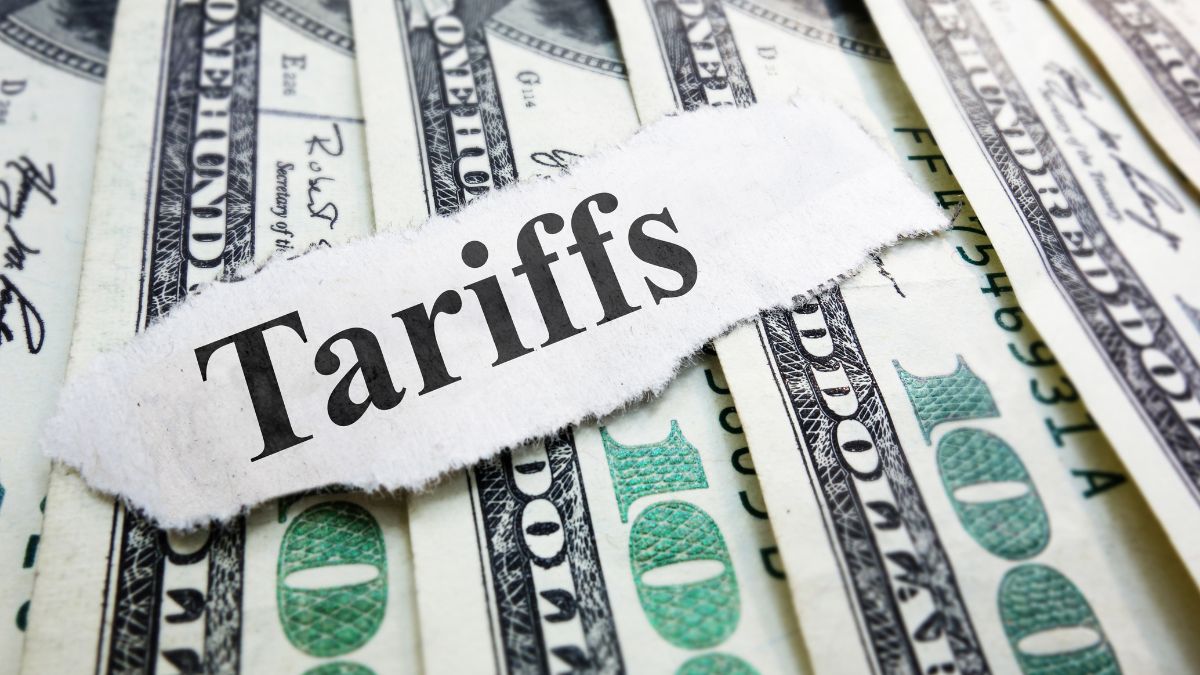
The President of the United States, Donald Trump, has fulfilled his threat and announced the imposition of 25% tariffs on exports from Mexico and Canada, despite the existence of the United States-Mexico-Canada Agreement (USMCA). According to the White House, this decision is in response to Mexico’s “lack of strong actions” to curb drug trafficking, especially fentanyl, into U.S. territory.
In its statement, the U.S. government claimed that “the Mexican government has provided safe havens for cartels to engage in the manufacturing and transportation of dangerous narcotics” and justified the tariffs as a necessary measure to force greater commitment from Mexico in the fight against drug trafficking.
What are Trump’s tariffs, and how do they affect Mexico?
When we talk about tariffs, we refer to taxes that a country imposes on goods entering its territory. The purpose of these levies is usually to protect domestic industry by making foreign products more expensive so that local goods have a price advantage. In other cases, tariffs are used as a political bargaining tool.
For Mexico, this represents a severe blow. The country has become the main trading partner of the United States (even surpassing China in some sectors), meaning that much of its manufacturing and agri-food production depends on trade with its northern neighbor.
A 25% increase in entry costs to the U.S. makes many Mexican products less competitive, directly affecting the Mexican labor force and American consumers, who, if these tariffs are approved and maintained, would see an increase in final prices.
Another possible consequence is job losses, as several companies may move their production to the U.S. as part of a reshoring strategy.
READ ALSO. Apple presents the iPad Air with M3 processor; what is it like and when is its launch?
What is a tariff?
A tariff is a tax applied to imported goods when they enter a country. This tax increases the price of foreign products, encouraging the consumption of domestic goods and protecting local industries from external competition. However, this type of policy comes at a cost: consumers pay more for goods, and sectors reliant on imported supplies face higher production costs.
Why can tariffs trigger inflation?
When tariffs are applied to imported goods, the direct consequence is that they become more expensive.
If businesses do not find alternative suppliers that are sufficiently cheap or close (nearshoring) or decide that reshoring is not viable in the short term, the cost falls on the final customer. And inflation, a problem that directly affects purchasing power, can erode the popularity of the administration implementing such measures.
Which products will increase in price due to tariffs?
One of the most searched questions on Google after the measure was confirmed is: “Which products will be affected by the tariffs?”
Since this is a general 25% levy, all goods exported from Mexico to the United States—including those from the automotive, agri-food, textile, and electronics industries—will face increased costs if the tariff is strictly enforced. Some of the most visible examples include:
- Tomatoes and avocados: The U.S. imports massive volumes of these fruits and vegetables from Mexico. A 25% tariff could significantly increase supermarket and restaurant prices.
- Auto parts: With a highly integrated automotive exchange, a large portion of vehicle components sold in the U.S. are manufactured or assembled in Mexico.
- Home appliances and electronics: Mexico is a major exporter of computers, televisions, and refrigerators to the U.S. Higher costs will be reflected in final prices.
- Beer and tequila: Two of the most consumed and iconic Mexican products, which will undoubtedly also face a significant price hike.
For Canada, goods such as auto parts, steel products, and even energy (though with a 10% tariff) will be affected. This could lead to a potential cost escalation across the entire North American production chain.
Which Mexican exports to the U.S. will be most affected?
The significance of Mexican exports to the United States is immense, ranging from agricultural products to advanced manufacturing. According to official data, Mexico is the main supplier of light vehicles and auto parts to the U.S., as well as a major exporter of machinery, medical equipment, computer parts, and electronic devices.
As import costs rise, so do selling prices. This could:
- Discourage purchases of Mexican products.
- Harm the competitiveness of companies with plants in Mexico.
- Reduce demand, leading to cuts in production and employment.
What will be the impact of tariffs on the cost of living?
An IMCO analysis estimates that each American household could face a cost increase of between $2,500 and $4,300 per year due to tariffs.
Additionally, households could experience a reduction of $930 in their net income after taxes by 2026, according to a study by the Tax Policy Center.
Who pays the tariffs?
When a country imposes tariffs on foreign imports, a key question arises: who actually bears these costs? While it might seem that the burden falls directly on exporting countries, in practice, the economic impact is distributed across various actors in the trade chain.
Does the importer absorb the cost?
When a tariff is applied to an imported product, the company bringing it into the affected country must pay the additional fee. In some cases, importers may choose to absorb this cost to avoid passing it on to their customers, but this directly impacts their profitability. For many businesses, especially those operating with tight profit margins, a 25% tariff can represent a significant loss or even make their business unviable.
Do suppliers adjust their prices?
Another strategy some importers attempt is to negotiate with their suppliers in the exporting country to lower the cost of goods and offset the tariff impact. However, this option depends on the importer’s bargaining power. Large corporations with bulk purchasing power may exert pressure for discounts, while small and medium-sized businesses rarely have this leverage.
Does the final consumer pay the difference?
When importers cannot absorb the cost or secure price reductions from their suppliers, the burden shifts to the final consumer through higher prices. This means that citizens end up paying more for imported products subject to tariffs, which can reduce their purchasing power and impact the demand for certain goods and services.
How does this affect small businesses?
Small and medium-sized businesses are the most vulnerable to tariff imposition. Lacking the purchasing power of large corporations, they find it harder to negotiate prices with suppliers and absorb additional costs. This may force them to raise prices, lose customers, or even shut down if their products become too expensive in the market.
Ultimately, tariffs do not have a single payer. Their impact is distributed among importers, suppliers, and final consumers, depending on bargaining power and market structure. While they may seem like a political and economic tool to protect domestic industry, in practice, they create a ripple effect that impacts various sectors of the economy.










